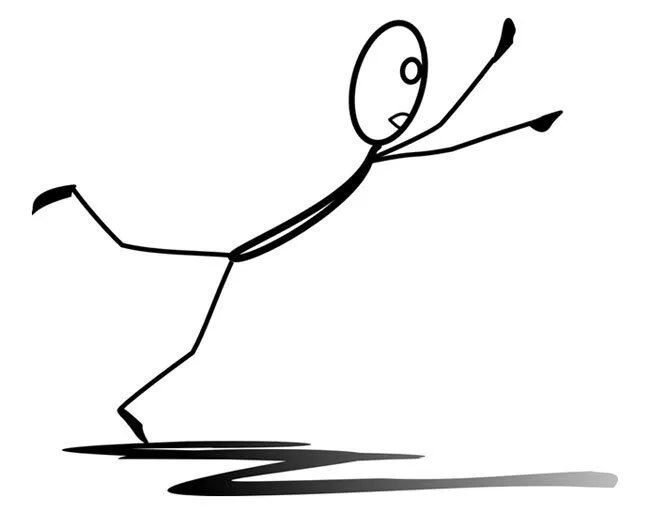At this time of year, “sidewalk injury” probably brings to mind slip and fall accidents on sidewalks that haven’t been cleared of snow and ice. While ice and snow make sidewalk travel hazardous, they’re far from the only risks facing pedestrians on city sidewalks. Some other common sidewalk injuries include:
- Tripping on a broken or uneven sidewalk
- Tripping or slipping on debris left on the sidewalk
- Slipping on water, or something that has been spilled on the walkway
- Stepping on broken glass or other harmful debris
All of these types of sidewalk injuries have one thing in common with ice and snow-related slip and fall injuries: there’s a good chance that the property owner or tenant is liable for the injury.
Determining Negligence in Sidewalk Injury Cases
A New York City ordinance makes property owners liable for injuries, deaths, and property damage caused by the failure to maintain the sidewalk in a reasonably safe condition. The ordinance lists examples of actionable negligence in maintaining sidewalks, such as:
- Negligent failure to install, repair or replace defective sidewalk flags
- Negligent failure to remove snow and ice from the sidewalk
- Negligent failure to remove dirt or other material from the sidewalk
Similar obligations apply to lots, and are detailed in the same ordinance.
NYC even provides more specific guidance on snow and ice removal requirements. For instance, the obligation to clear snow and ice begins when snow stops falling, and the property owner is allowed a window in which to clear the sidewalk. The time allowed depends on the time of day:
- When snowfall stops between 7 a.m. and 4:59 p.m., the walkway must be cleared within four hours
- When snowfall stops between 5 p.m. and 8:59 p.m., snow and ice must be cleared within 14 hours
- When snowfall stops between 9 p.m. and 6:59 a.m., the sidewalk must be cleared by 11 a.m.
For a free legal consultation, call (212) 732-2929
However, simply meeting the timelines doesn’t necessarily mean that the property owner isn’t liable. For example, a property owner who has negligently cleared the sidewalk in a manner that leaves patches of ice behind or invisible ice under a thin layer of snow may be liable for injuries even though he or she acted within the appropriate time period.
It may be difficult for an injured person to know whether or not the property owner was negligent. An experienced NY sidewalk injury lawyer can listen to the details of the incident, examine the evidence, and advise you as to whether or not the property owner is legally responsible for your injuries.
Damages in a New York Sidewalk Injury Case
Some sidewalk injuries are relatively minor, such as a twisted ankle or a scraped knee. However, slipping and falling on ice and snow or tripping over broken concrete can result in serious injury. Occasionally, this type of injury may even be fatal.
The damages available depend in part on the nature and extent of your injuries, and partly on the proportion of responsibility that falls on the property owner or other responsible party. Two of the most common damages awarded include:
- Reimbursement for medical expenses associated with the sidewalk injury
- Compensation for income lost as a result of the injury
In the case of a serious injury, the injured party may also be entitled to compensation for pain and suffering, loss of quality of life, projected future medical expenses, and other damages.
Talk to a New York City Sidewalk Accident Attorney
Click to contact our personal injury lawyers today
If you were injured because someone failed to maintain the sidewalk in front of their business in a reasonably safe manner, your next step should be to talk with an experienced NYC personal injury attorney. You can schedule a free consultation right now.
Our legal team is equipped to handle personal injury cases such as auto accidents, severe construction accidents, and complex wrongful death claims.
Call or text (212) 732-2929 or complete a Free Case Evaluation form






